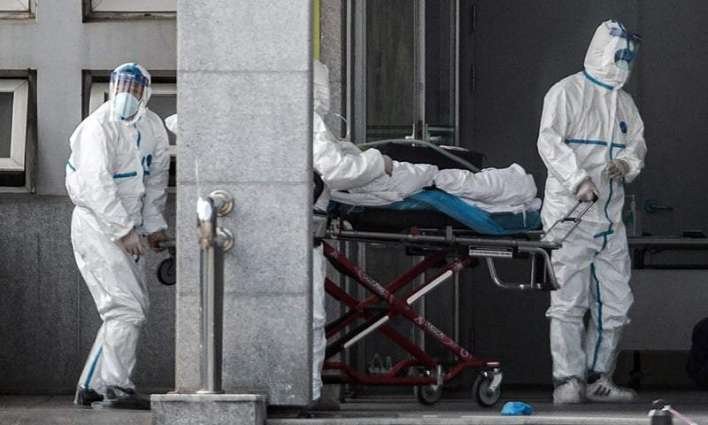The outbreak of a new coronavirus that originated from China's city of Wuhan has recently become a point of grave concern over global health security with the death toll from the pneumonia-like disease reaching six people with over 200 more being infected since late December
MOSCOW (Pakistan Point News / Sputnik - 21st January, 2020) The outbreak of a new coronavirus that originated from China's city of Wuhan has recently become a point of grave concern over global health security with the death toll from the pneumonia-like disease reaching six people with over 200 more being infected since late December.
Coronaviruses (CoV) are a large family of viruses causing a wide range of human diseases, from a common cold to Severe Acute Respiratory Syndrome (SARS-CoV) and middle East Respiratory Syndrome (MERS-CoV). However, according to the World Health Organization (WHO), the current outbreak is caused by a new coronavirus (nCoV), which has never been identified in humans previously. In total, coronavirus infection accounts for from 4 to 20 percent of all Acute Respiratory Viral Infections (ARVI).
Coronaviruses are microbes of spherical shape with a single-stranded ribonucleic acid (RNA) molecule. The membrane of the coronavirus has crown-like spikes or peplomers that explains the name of the virus.
Once coronaviruses penetrate the cell, they start multiplying in its cytoplasm. They settle on immunocompetent cells, use them as a means of transportation and quickly spread throughout the body. Coronaviruses suppress the immune system so that it cannot recognize the infection and fight it off. These viruses are non-resilient to external factors and could be destroyed at a temperature of 56 degrees Celsius (132.8 degrees Fahrenheit).
Respiratory infection is the predominant form of infection provoked by coronaviruses. The intestinal coronavirus is much less common and mainly affects children. ARVI provoked by the virus usually lasts for several days and ends with the full recovery of a patient. However, in some cases, it can transform into atypical pneumonia or SARS. This disease is characterized by a high death rate 38 percent as it is accompanied by acute respiratory failure.
The coronavirus infection is widely spread and registered all year round with the highest incidence in winter and early spring when its epidemic significance ranges from 15 to 33.7 percent. Children suffer from coronavirus 5-7 times more often than adults. The infection is transmitted by airborne, fecal-oral and contact routes. The source of infection are patients with a clinically expressed or erased form of the disease. The incubation period of the disease caused by the coronavirus depends on the form and usually lasts from three to 14 days.
Treatment is usually carried out at home, and the principles of therapy are the same as for other respiratory virus infections - nasal drops or medicines reducing the intoxication symptoms can be prescribed, while rinses are recommended to eliminate sore throat. The immunity that a patient obtains after recovery does not protect against reinfection.
Human coronavirus was first isolated in 1965 from a patient with an acute respiratory disease. Various types of coronaviruses are widely spread in nature causing various infections in animals. Today the family of coronaviruses includes more than 30 types.
SARS-CoV in humans is caused by four types of coronaviruses: 229E, OC43, NL63, HKUI. Most often it affects the upper respiratory tract with mild or moderate severity and the lower respiratory tract in rare cases.
In XX century, coronaviruses were known as ones causing acute respiratory diseases in humans and animals but were not considered dangerous virus infections. In 2003, SARS-CoV caused an epidemic in 33 countries with the largest number of cases was registered in China, Singapore, and Canada. A total of 7,761 patients were infected during the outbreak, while 623 of them died.
Cases of a new infection provoked by MERS-CoV have been registered since September 2012 in the Middle East. According to WHO, the mortality rate from MERS-CoV is about 43 percent. It is assumed that people are infected on contact with camels or virus-infected environmental objects, or after visiting cattle farms.
The new outbreak started Wuhan in late December that has since been confirmed by China and the WHO to be a new strain of coronavirus transmitted from human to human.
Countries around the world have stepped up screening procedures at international airports in preparation for an expected increase in Chinese tourists during the upcoming Lunar New Year holidays.
Australia, Thailand, Japan and South Korea have also reported confirmed cases of the new coronavirus.




